Caragana Arborescens (Siberian Pea Shrub)
Caragana or Siberian pea shrub is a flowering plant, often planted in gardens for its showy disposition. It is hardy, for which it is often used as windbreak in plantations. They are of Asian origin but now they are prevalent in many parts of USA as these were introduced in the region for preventing soil erosion in the early 1900’s. The shrub is useful in many ways.
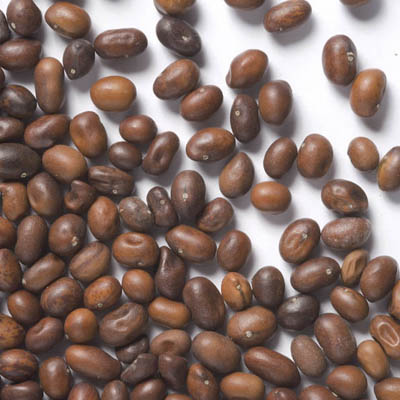
Caragana Arborescens (Siberian Pea Shrub)
Table Of Content
Caragana arborescens Other Names
The plant is commonly known as Siberian Pea shrub and Weeping Pea Tree.
Caragana arborescens Description
Siberian pea shrubs are suited for both cold and warm regions. They are deciduous shrubs and may also appear like short trees. They have a distinct growing pattern and physical characteristics.
Leaves
Leaves are arranged in an alternate fashion and they are dark as well as light green in color. But the color fades during fall making them look yellowish. They grow up to 10 to 13 cm in length.
Flowers
The pea shrub’s flowers are yellow and fragrant. These are small and highly ornamental, which is why they are preferred as garden plants. They are hermaphrodite in nature, which means they have both male and female pollinating features. Flowers bloom in November and their fragrance help attract bees for pollination.
Fruits
Pods are around 5 cm long with a width of 3 mm. They are greenish when young but turn brown after maturation.
Seeds
When the pods mature, they crack open and scatter the seeds around.
Taste
Nothing much is known about its taste but It may taste bitter if eaten raw.
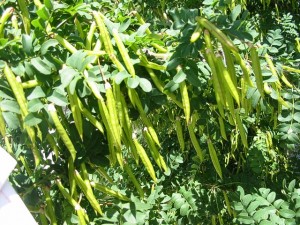 Picture 1 – Caragana Arborescens
Picture 1 – Caragana Arborescens
Caragana arborescens Distribution
This species of shrub is a native of Siberia, parts of Mongolia and China. It is also prevalent in Alberta, British Columbia, Quebec, Ontario, Manitoba and New Brunswick.
Caragana arborescens Habitat
These shrubs are mainly concentrated in woodlands, fields and meadows apart from edges of forests.
Caragana arborescens Lifetime
They may live as long as 30 years if provided ideal conditions for growth.
Caragana arborescens Growing Conditions
Soil
Best part of growing pea shrubs is that it can be grown in very poor quality soils due to its adaptive nature. It can tolerate draught and alkaline soils as well.
Moisture
Excessive watering is not good for their growth. Watering only occasionally and never allowing it to remain soggy, will help it grow well.
Sunlight
It grows best in full sun, though they can also grow in partial sun.
Climate
The plant is tolerant to draught and extreme weather conditions. It can therefore be seen growing in extreme cold conditions in Canada.
Caragana arborescens Cultivation
Sunlight: Growing pea shrubs for flowers may require them to be planted in sandy areas receiving maximum sunlight.
Germination: Seeds may be germinated by soaking them in warm water before sowing them in the open. If after soaking also the seeds do not bloat, stratification may help. You can notice signs of germination in less than three weeks. Adding some kind of pesticides hastens germination.
Care: Root cuttings, layering and grafting are some procedures that can done on the plants to obtain good results.
Plantation: According to some nursery owners, for best results, more than 150 seeds can be sown every liner meter. The planting should be accompanied with occasional oat seedlings to give them cover during harsh winters while they are growing up.
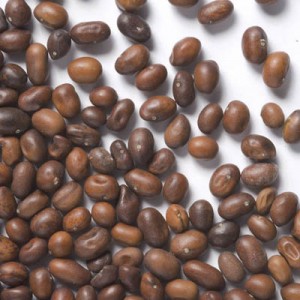 Picture 2 – Caragana Arborescens Image
Picture 2 – Caragana Arborescens Image
Caragana arborescens Edibility
Pods and seeds of the pea shrub are both edible. Oil can be extracted from the seeds which is also edible. As the seeds have a bland taste, it tastes best when spiced up. Young pods are eaten as cooked vegetables.
Caragana arborescens Nutrients
The shrub’s nutritional content is composed around 36% protein and 12.4% of fatty oil.
Caragana arborescens Uses
The shrub has multiple usages apart from having numerous landscape applications that can be read below:
Edible Uses
- The Caragana pea can be eaten though it tastes bitter and not very pleasant to eat without cooking.
- Seeds may serve as fodder for animals, especially in the Arctic Circle where reindeers feed on them.
Medicinal uses
- Chinese Traditional Medicine considers this plant to be highly effective in treating breast cancer, dysmenorrhea and several other gynecological ailments.
- This herb is induces blood flow in the uterus and pelvic region aiding in menstruation.
Other uses
- Bark of the shrub is a source of fiber which can be used for making paper, clothes and ropes.
- Leaves can be used for making dye.
- Oil can also be obtained from the plant that is mainly used for making paints, soaps and lubricating agents.
- The root system is expansive which helps control erosion to a great extent.
- They can beautify gardens as they make great bonsai plants.
- Due to its fragrant flowers, it naturally attracts the bees which help in production of honey in bee farms.
- Its nitrogen fixing ability nourishes the soil before further cultivation.
Caragana arborescens Side effects
There are no known instances of side effects caused by this shrub except some like diarrhea and vomiting. In any sort of medical emergency arising out of its consumption, you may seek medical advice.
Caragana arborescens During Pregnancy
Despite of being highly utilitarian, it should be avoided during pregnancy for its ability to cause abortion in the early stages.
Caragana arborescens Pictures
Caragana Arboresens or Siberian pea shrubs are beautifully depicted through these pictures.
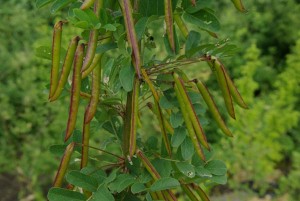 Picture 3 – Caragana Arborescens Photo
Picture 3 – Caragana Arborescens Photo
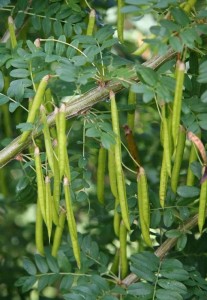 Picture 4 – Caragana Arborescens Picture
Picture 4 – Caragana Arborescens Picture
Reference:
http://en.wikipedia.org/wiki/Caragana_arborescens
https://www.ehow.com/how_5135188_grow-caragana-hedge.html
https://landscapeplants.oregonstate.edu/plants/caragana-arborescens
https://www.dnr.state.mn.us/invasives/terrestrialplants/woody/siberianpeashrub.html
http://www.backyardgardener.com/plantname/pda_cc99.html
http://www.hort.purdue.edu/newcrop/duke_energy/Caragana_arborescens.html
http://montana.plant-life.org/cgi-bin/species03.cgi?Fabaceae_Caraganaarborescens
https://www.dnr.state.mn.us/invasives/terrestrialplants/woody/siberianpeashrub.html
https://hort.purdue.edu/newcrop/duke_energy/Caragana_arborescens.html
https://www.gardenguides.com/99077-plant-weeping-pea-tree.html
https://gobotany.nativeplanttrust.org/species/caragana/arborescens/
- by Jaysmita Sarkar
- March 17th 2012

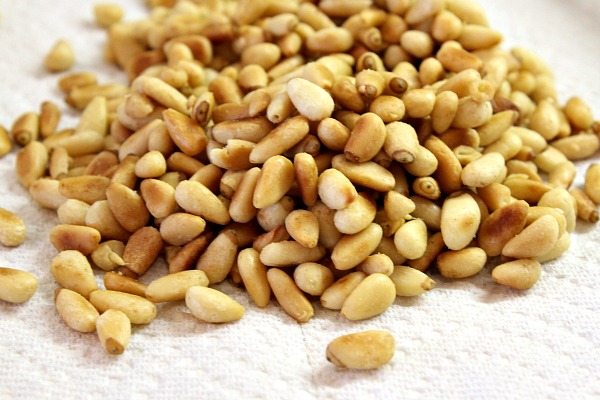

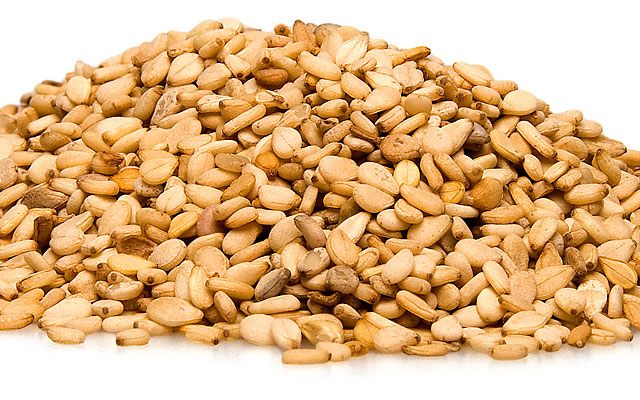
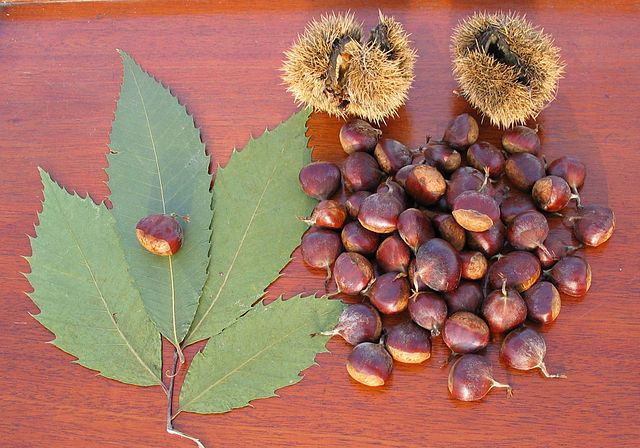















Leave a Reply